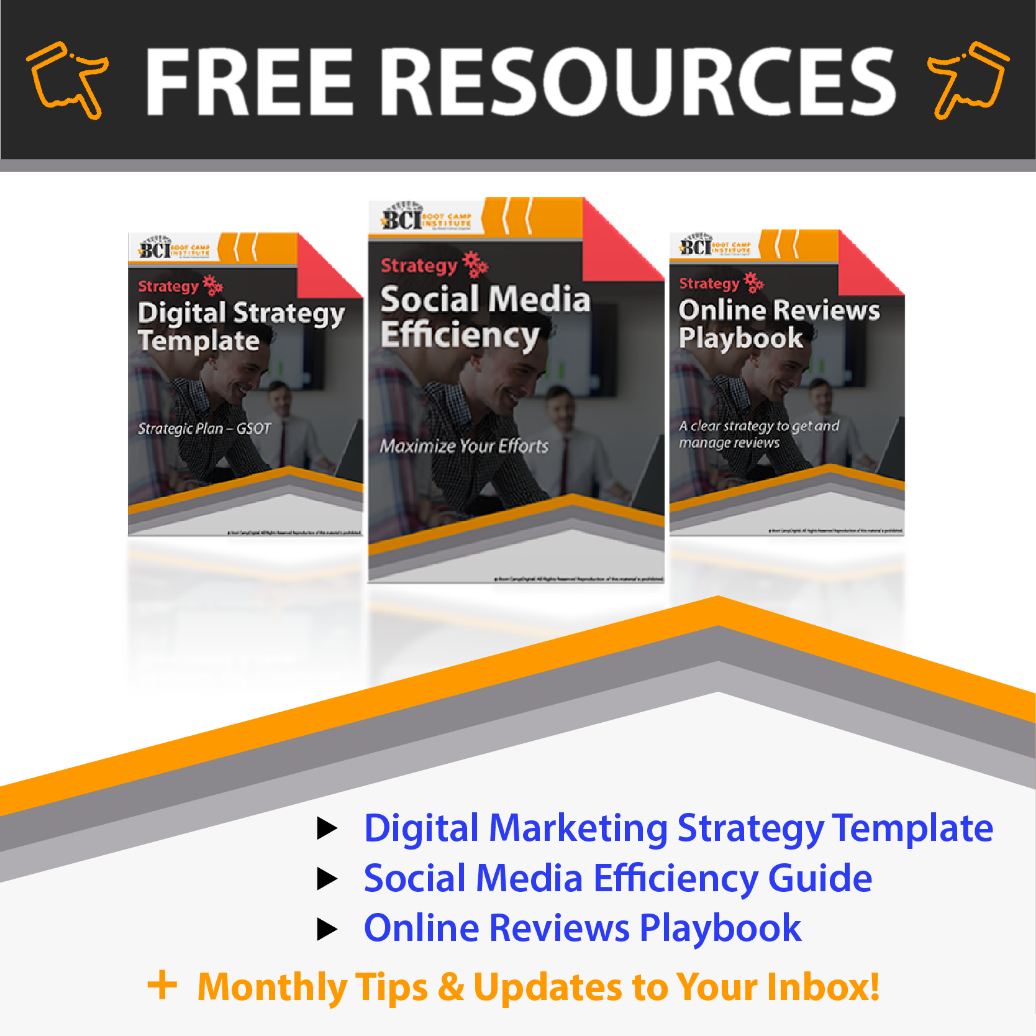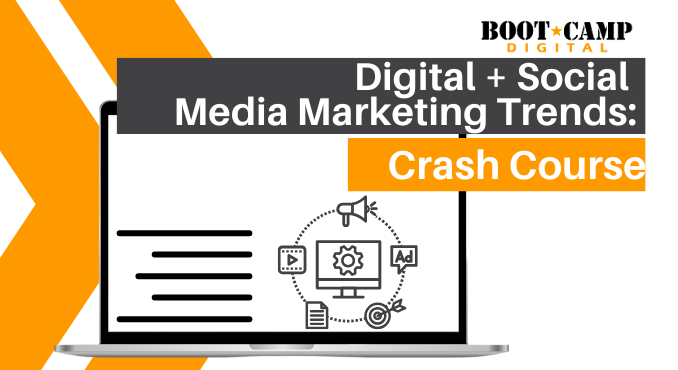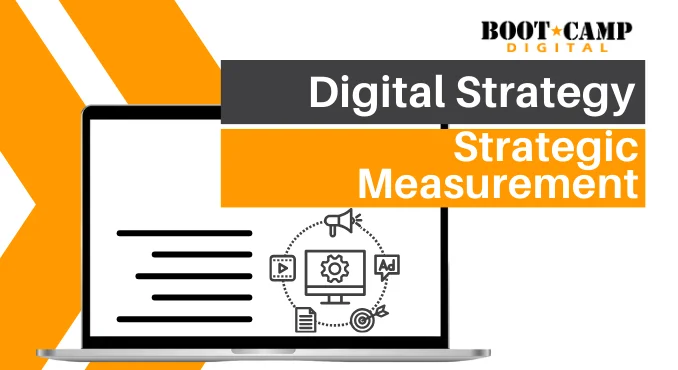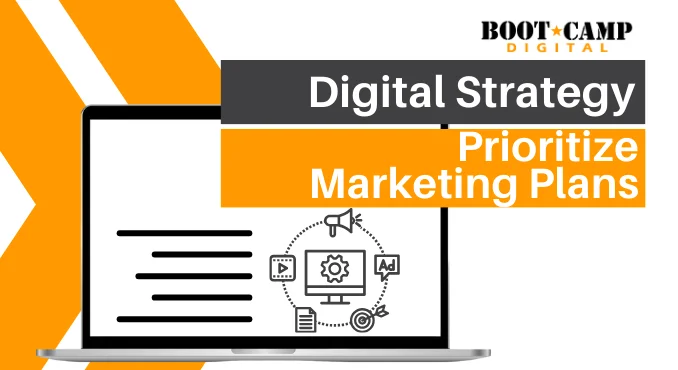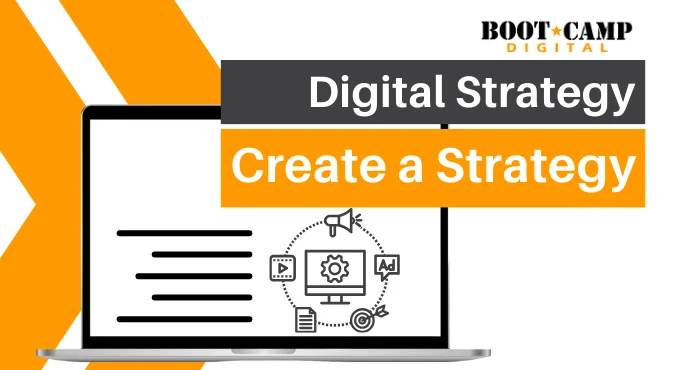I sat down with Aharon Cagle, co-founder and CEO of glimmar, a mobile adtech platform for augmented reality advertising, to discuss the possibilities and challenges of AR marketing today.
As a marketer it is your duty to distribute your message through channels that will reach your audience. Lots of marketers have heard of augmented reality and know they want to do something in AR, but they don’t know exactly what. This excitement and uncertainty happens every time a new platform comes out. “Advertising and marketing goes through shifts,” Cagle says, “A big shift has just occurred where 80 million millennials want more immersive experiences, they want to be engaged as active participants in that story.” Augmented reality does just that.
Here are some ways AR can be integrated into your existing campaigns:
- Sweepstakes/Instant wins – Drive people to a landing page that is an augmented reality experience.
- Geo-location – Use AR technology to trigger an experience in a specific place, such as a restaurant, store, monument, or other public locations.
- Utilize other apps your audience is already using – Host an experience on Facebook, Instagram, or Snapchat.
- Try before you buy – Allow consumers to try-out your product before they buy so they are completely satisfied with their choice. How will this couch fit in my living room, new paint color look on my walls, new glasses sit on my face, or shoes match with this dress?
- Shareable experiences – Create fun experiences where people become a necessary part of the action and naturally want to share the result.
- Education – Use AR to show how-to build, create, perform, install, repair something, or explain complex concepts.
- Gamification – Integrate interactive digital elements into the human experience.
The key is for advertisers to understand that augmented reality is not an island on its own. “AR is part of the marketing toolset,” Cagle emphasizes. To use this tool well, he asks advertisers to take AR and integrate it into their existing campaigns. Once this is realized, marketers may still face other challenges.
Here are three challenges marketers face when considering AR marketing:
- Asking consumers to download an app in order to interact with the brand message can be a daunting task.
- Most marketing and advertising agencies do not have the necessary resources to build AR experiences in-house, such as 3D artists and developers.
- Developments are happening quickly and as marketers you want to ensure the resources you are spending will result in a high-quality product.
The team at glimmar is taking advantage of the recent releases from Apple and Google that provide developers the software needed to create custom AR experiences. glimmar now is leading the way in helping advertisers create AR advertising via the mobile web – no app download required. “Anywhere you can stick a URL,” Cagle says, “we can create an AR experience.” Delivering your AR message through a web browser puts your message directly in front of your audience, with no extra steps required.
Similar to other specialty campaigns, creating your augmented reality experience will likely be sourced out to agencies who specialize in this type of development. It’s best to turn to people who are dedicated experts in the field. Look for a team with 3D artists, animators, and developers on board. glimmar houses award-winning creative services, production and distribution, and has the expertise and experience to guide clients through integrating AR into existing campaigns. They also provide AR-specific analytics, so you can measure the effectiveness of your AR marketing.
Research your competitors and others in your field and understand why augmented reality is working. “See how others are using this tool to perpetuate their brand story,” Cagle says, “then, do it better.” Team up with experienced and knowledgeable AR developers to integrate AR marketing into your existing marketing campaigns. This way, you can explore all that is possible, keep current with the latest developments in the technology, and keep your brand message top-of-mind and relevant to your audience.
What questions do you have about integrating augmented reality into your existing marketing campaigns?
Check back here often for updates in augmented reality marketing.




